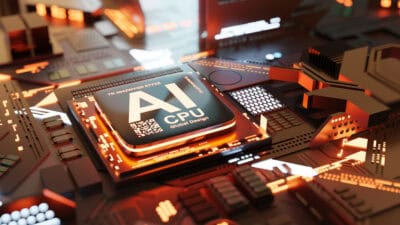In order to retire early, you need to focus on savings and investments. Investing is a long-term play and you can benefit hugely from the power of compounding. You need to maximize your contributions to the tax-free savings account (TFSA). The TFSA is a flexible account for Canadians over the age of 18 with a valid social insurance number.
While the contributions to the TFSA are not tax-deductible, any withdrawal in the form of dividends or capital gains is tax-free, which means the TFSA is an ideal account to have a robust portfolio of quality growth stocks.
The total TFSA contribution for 2020 stands at $6,000 — an investment can easily rise 10 times over the next decade by investing in companies such as Absolute Software (TSX:ABT).
Why is Absolute Software stock a good pick for your TFSA?
Absolute Software is a company in the high growth cyber-security segment. It provides cloud-based endpoint visibility and a platform that enables enterprises to manage the security of computing devices, applications, and data.
While it’s in a crowded market, the company serves over 12,000 customers globally. The cyber-security space has multiple players with giants such as Cisco, Palo Alto Networks, FireEye, and Checkpoint leading the market. Absolute Software has 13 of the largest 50 banks as customers. It also has 209 out of the Fortune 500 companies and 175 of the Global 500 companies as clients.
Due to the rapid increase in cyber threats, the demand for cyber-security solutions has increased over the years. Demand for Absolute Software’s services is driven by a problem known as the Dark Endpoint, where enterprise computing devices are not connected to the company network or are missing mission-critical IT management applications.
Dark endpoints pose operational challenges to enterprises. Further, as the work from home trend continues to accelerate, these threats are exacerbated. Worldwide spending on security-related IT solutions might touch US$174 billion by 2022. Endpoint security will account for approximately 29% of this spending, as 70% of data breaches will originate from endpoint devices.
We can see that Absolute Software is part of a multi-billion-dollar market. In fiscal 2016 its revenue stood at US$88.8 million and this figure rose to US$98.9 million in 2019. In the trailing 12-month period, sales touched US$102.8 million.
Valuation and stock performance
Absolute Software stock is trading at $13.3, which is 7% below its 52-week highs. The stock lost 31% of market value between February and March, but has since gained a stellar 50%. Absolute Software’s subscription-based business model and high customer retention rate ensure a predictable stream of cash flows, allowing the company to pay shareholders dividends. The stock has a forward yield of 2.4%.
Absolute Software is trading at a forward price to earnings multiple of 39, which might seem expensive in the current market. Its price to forward sales ratio stands at 4.3. Analysts tracking the company expect sales to rise 4.2% to $103.11 million in 2020 and is expected to rise to 7.4% to $110.8 million in 2021.
Absolute’s high valuation metrics might deter investors. However, the company’s expanding addressable market, a robust business model, and an enviable customer base makes it a good pick for long-term investors.







